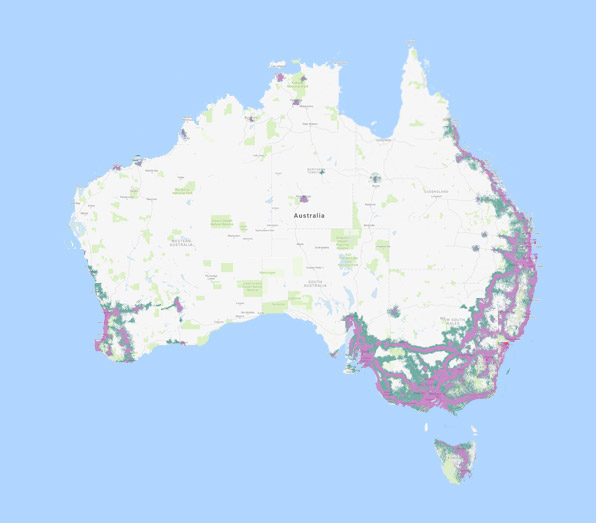I hope this is the correct place for this. If not apologies and redirect me.
I have a GUUOOO Tech IOT-GA6-B it looks like this :

Its A6 based ... as in the part number quoted above.
I have seached the forum and find lots about A6, SIM800 and SIM900.
But I have not found anything about this module - SPECIFICALLY the pinouts to connect to an UNO R3.
I could use another board but I am in the middle of development and reluctant to change.
I found one place that said it had a manual for this, but, couldn't work out the download ... (go figure why people make these things so obtuse).
As far as I can tell, the thing will work with anything A6 based ... that still has to be tested.
Lastly, I am not planning at this stage to make phone calls, but, just do SMS / gprs, so I think, from what I have read up to now I can use the UNO power to run it since a) the venor site claims it is low power and b) I don't expect it to have big AMP draw.
Here's the question list :
I have a GUUOOO Tech IOT-GA6-B it looks like this :
Its A6 based ... as in the part number quoted above.
I have seached the forum and find lots about A6, SIM800 and SIM900.
But I have not found anything about this module - SPECIFICALLY the pinouts to connect to an UNO R3.
I could use another board but I am in the middle of development and reluctant to change.
I found one place that said it had a manual for this, but, couldn't work out the download ... (go figure why people make these things so obtuse).
As far as I can tell, the thing will work with anything A6 based ... that still has to be tested.
Lastly, I am not planning at this stage to make phone calls, but, just do SMS / gprs, so I think, from what I have read up to now I can use the UNO power to run it since a) the venor site claims it is low power and b) I don't expect it to have big AMP draw.
Here's the question list :
- Does any one have eprience with this module?
- If so, do you have a picture of the breadboard and clear pin connections?


